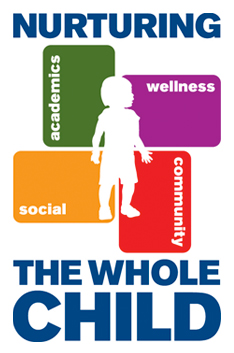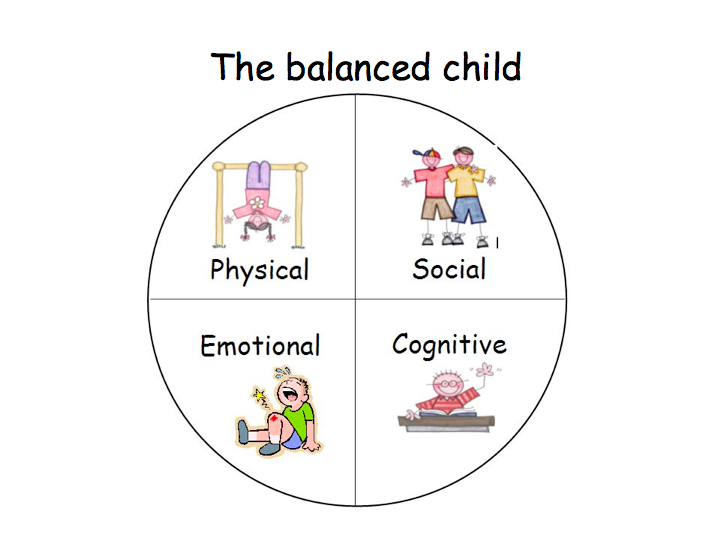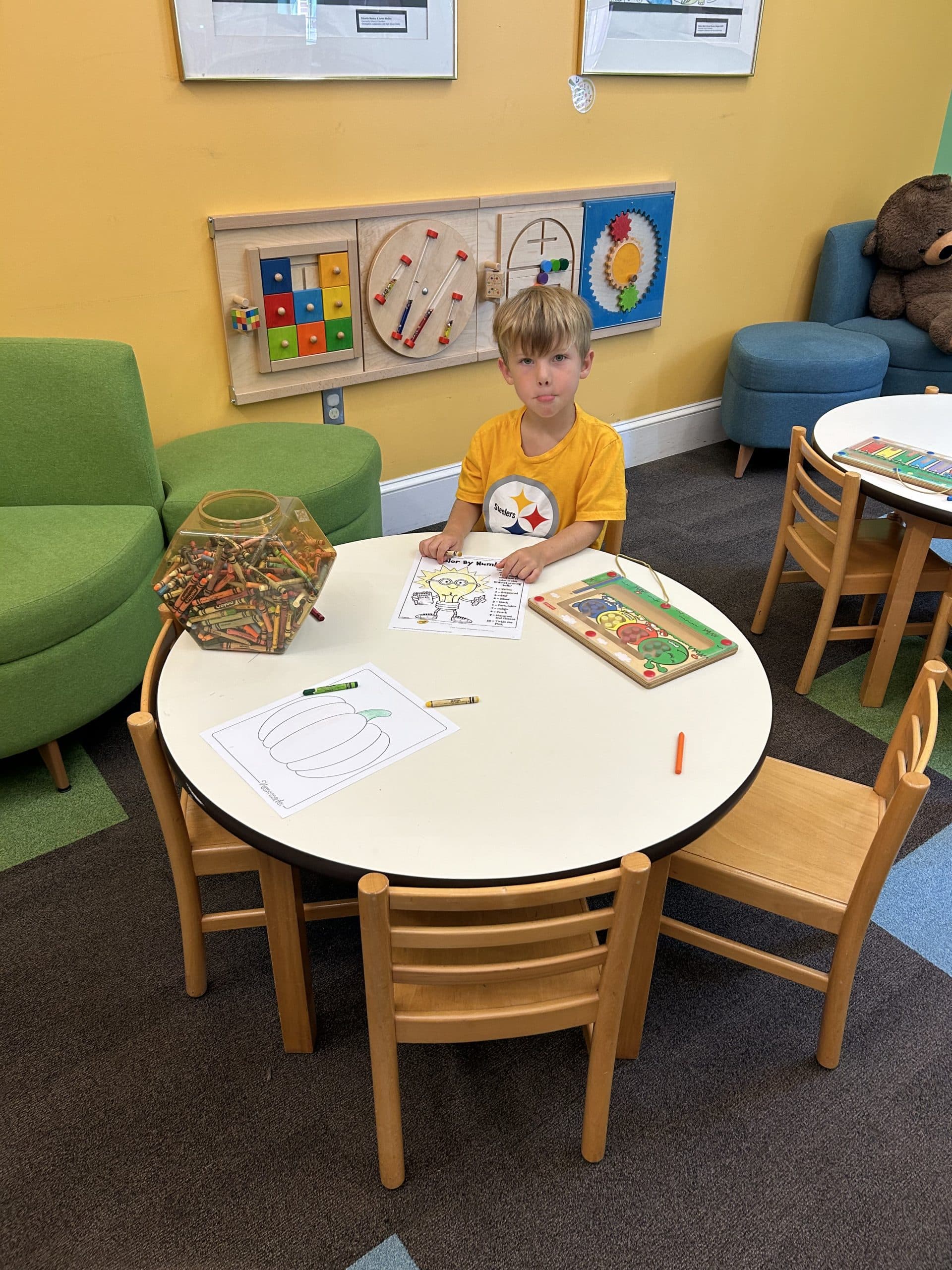 Academics are quintessential to a student’s success. Therefore, it is necessary for schools to address the ‘whole child’. Somewhere in the past several years the phrase ‘educating the whole child’ came into existence and stuck.
Academics are quintessential to a student’s success. Therefore, it is necessary for schools to address the ‘whole child’. Somewhere in the past several years the phrase ‘educating the whole child’ came into existence and stuck.
The ‘whole child’ implies that children are influenced by things around them and interacts with everything and vice versa. So, the learnings they experience are social, linguistic, creative, physical, and/or mental. It moves from narrowly defined academic achievement to the promotion of long-term development. Therefore, it means success of all children. It aligns integration and collaboration of health and education. The belief that all children can learn stems from the phrase ‘educating the whole child’.
Educating the whole child means that schools must ensure every student has access to a variety of subjects. So that, it includes social studies, world languages, science, art, music, and physical education. Therefore, states need to supply schools with adequate resources. They must ensure that every child has access to the fundamentals that improve educational facilities, teacher mentoring programs, professional development programs, and updated libraries. In educating the whole child, schools become a focal reflector of its community. They develop students’ knowledge, skills, attitudes, and behaviors they need to be successful. Hence, they are defined by policies, practices, and relationships.
Whole Child Education
Social-emotional learning is important because it increase students’ capacity to learn. The results of a study conducted by Durlak et al. in 2011 compared students in a social-emotional program to those that were not. The students in the program demonstrated:
• Increased academic achievement.
• Increased social-emotional skills.
• Improved attitudes toward self and others.
• Improved positive social behaviors.
• Decreased conduct problems and emotional distress.
These results were consistent with students in elementary to high school in various settings that included urban, rural, and suburban areas.
Most teachers of all grade levels as well as most of the parents follow practices that are geared toward the development of the whole child. These include:
• Student-centered activities that focus on strategies to motivate students to stay on task.
• Teacher/parent talk that explains and encourages improvement.
• Modeling and encouraging responsibility and good choices.
• Tasks involving cooperative learning to develop collaboration and teamwork.
• Discussions and conversations that are student lead and teacher facilitated.
• Self-reflection/assessment as children are asked to think about lessons and make meaning of the content.
• Encourage kindness and support from parents, peers, and educators when discussing problems and misunderstandings.
• They utilize various instructional methods that include inquiry, research, direct instruction, modeling, and individualized lessons.
 Balancing The Education
Balancing The Education
Educating the whole child is crucial. Parents concentrate on skills and show concern for a well rounded child and student. There must be a balance to provide students with positive opportunities in life. Common Core states naturally build opportunities into the school day. States that are developing charter after charter schools and magnet schools run the risk of not developing the whole child socially and emotionally. Social/emotional competencies give students balance and are particularly important with college preparation and for career readiness. Make sure our schools are providing for our future world leaders by having a well-rounded curriculum that will take steps to develop the ‘whole child’.
![]()


